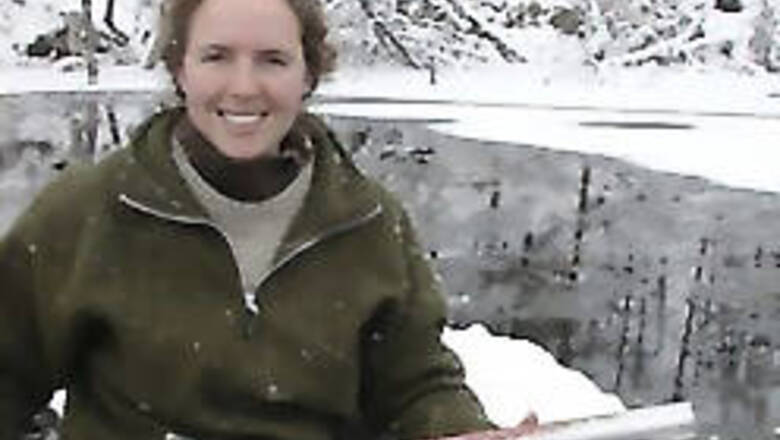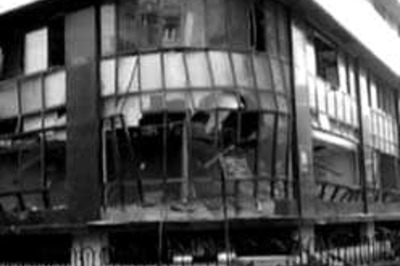
views
Washington: Global warming gases trapped in the soil are bubbling out of the thawing permafrost in amounts far higher than previously thought and may trigger what researchers warn is a climate time bomb.
Methane- a greenhouse gas 23 times more powerful than carbon dioxide- is being released from the permafrost at a rate five times faster than thought, according to a study being published on Thursday in the journal Nature.
"The effects can be huge," said lead author Katey Walter of the University of Alaska at Fairbanks said adding, "It's coming out a lot and there's a lot more to come out."
Scientists worry about a global warming vicious cycle that was not part of their already gloomy climate forecast: Warming already under way thaws permafrost, soil that has been continuously frozen for thousands of years.
Thawed permafrost releases methane and carbon dioxide.
Those gases reach the atmosphere and help trap heat on Earth in the greenhouse effect. The trapped heat thaws more permafrost and so on.
"The higher the temperature gets, the more permafrost we melt, the more tendency it is to become a more vicious cycle," said director of global ecology at the Carnegie Institution of Washington, Chris Field, who was not part of the study.
Some scientists say that this vicious cycle is already under way, but others disagree.
Another study earlier this summer in the journal Science found that the amount of carbon trapped in this type of permafrost called yedoma- is much more prevalent than originally thought and may be 100 times the amount of carbon released into the air each year by the burning of fossil fuels.
It won't all come out at once or even over several decades, but if temperatures increase, then the methane and carbon dioxide will escape the soil, scientists say.
The permafrost issue has caused a quiet buzz of concern among climate scientists and geologists. Specialists in Arctic climate are coming up with research plans to study the permafrost effect, which is not well understood or observed, said Robert Corell, chairman of the Arctic Climate Impact Assessment, a study group of 300 scientists.
"It's kind of like a slow-motion time bomb," said a professor of ecosystem ecology at the University of Florida and co-author of the study in Science, Ted Schuur.
Most of the yedoma is in little-studied areas of northern and eastern Siberia.
What makes that permafrost special is that much of it lies under lakes; the carbon below gets released as methane. Carbon beneath dry permafrost is released as carbon dioxide.
Using special underwater bubble traps, Walter and her colleagues found giant hot spots of bubbling methane that were never measured before because they were hard to reach.
Scientists aren't quite sure whether methane or carbon dioxide is worse.
Methane is far more powerful in trapping heat, but only lasts about a decade before it dissipates into carbon dioxide and other chemicals. Carbon dioxide traps heat for about a century.
Geophysics professor at the University of Alaska at Fairbanks, Vladimir Romanovsky, said that he thinks the big methane or carbon dioxide release hasn't started yet, but it's coming.
In Alaska and Canada, which have far less permafrost than Siberia, it's closer to happening, he said.
Already, the Alaskan permafrost is reaching the thawing point in many areas.


















Comments
0 comment